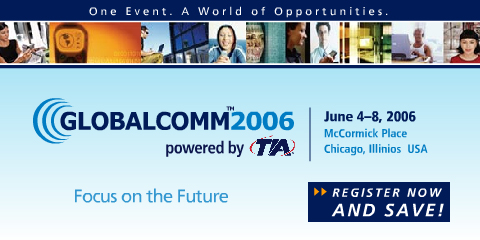|

article page | 1 | 2 |
There are many benefits to pre-paid/post-paid convergence. Let us review the three major ones.
Hybrids can attract and retain customers:
A true convergent solution enables service providers to create hybrid accounts that can use both prepaid and postpaid payment methods, making it easier for customers to do business with them. A hybrid account can be defined by payment method for individual users (some can be prepaid and others postpaid) or communications services (such as prepaid for content and postpaid for voice). Payment has never been more flexible or more convenient in this environment as customers can choose the best method to suit their needs and budgets. Hybrids give service providers the opportunity to improve ARPU and reduce churn by linking prepaid customers (typically those with lower ARPU and a higher churn ratio) and postpaid customers through innovative bundled offerings where all users can share minutes and content. Regardless of the payment methods and offers chosen, service providers have a complete view of all customer accounts since all customers are supported by a single system.
|
|

a few obstacles. These include: customer hesitancy about using new services, ensuring that service providers effectively collect the revenues, and managing regulatory issues such as notifying customers before they exceed their prepaid spending limits. A fully convergent solution resolves the challenges, including advice-of-charge (the provision of a price quote for a service prior to its consumption), centralized budget control (spending limit options for both prepaid and postpaid customers), and the ability to provide next-generation services over a prepaid platform.
Convergence supports IMS:
IP Multimedia Subsystem (IMS) is a new service-creation and control architecture based on a 3GPP standard, a leading industry standard for managing telecom operations in real-time, which will make both defining and managing next-generation services simpler. It will enable mobile service providers to roll out a superior service environment for launching blended services and supporting fixed-mobile convergence. IMS will also allow service providers to cut related costs, such as system coding, testing and ongoing maintenance, as well as reduce time-to-market of services by enabling shared network resources. However, traditional network-based prepaid platforms
|
|
|
|
| |

Hybrid accounts also pave the way for innovative offerings and customer incentives. This can include shared rewards where the service provider might give away 100 free minutes to be split between the prepaid and postpaid subscribers on the account or offer cross-channel benefits where $50 spent on the postpaid account could garner a $5 bonus recharge on the prepaid account.
Convergence makes it easier to introduce new content services:
MMS, mobile email and 3G services such as music, video, and games continue to grow in popularity, offering new revenue sources, particularly in the growing youth market. Bundling data and content services with voice also increases the potential for additional market penetration. However, before service providers can roll out and cash in on lucrative content services, they will need to overcome
|
| |
|
|

will provide a challenging environment for IMS due to their reduced rating flexibility that delays the launch of new services.
Market saturation and increasing competition will accelerate service providers journeys towards pre-paid/post-paid convergence. However, true convergence is a process. Service providers will choose varying routes to progress and the right path depends on the service provider region, primary line of business, strategy, customer blend, and the status of their current systems. Once achieved, pre-paid/post-paid convergence will enable service providers to provide an improved customer experience to their entire customer base, thereby increasing customer loyalty and the consumption of advanced new services.
article page | 1 | 2 |
|
|
|
|
|




